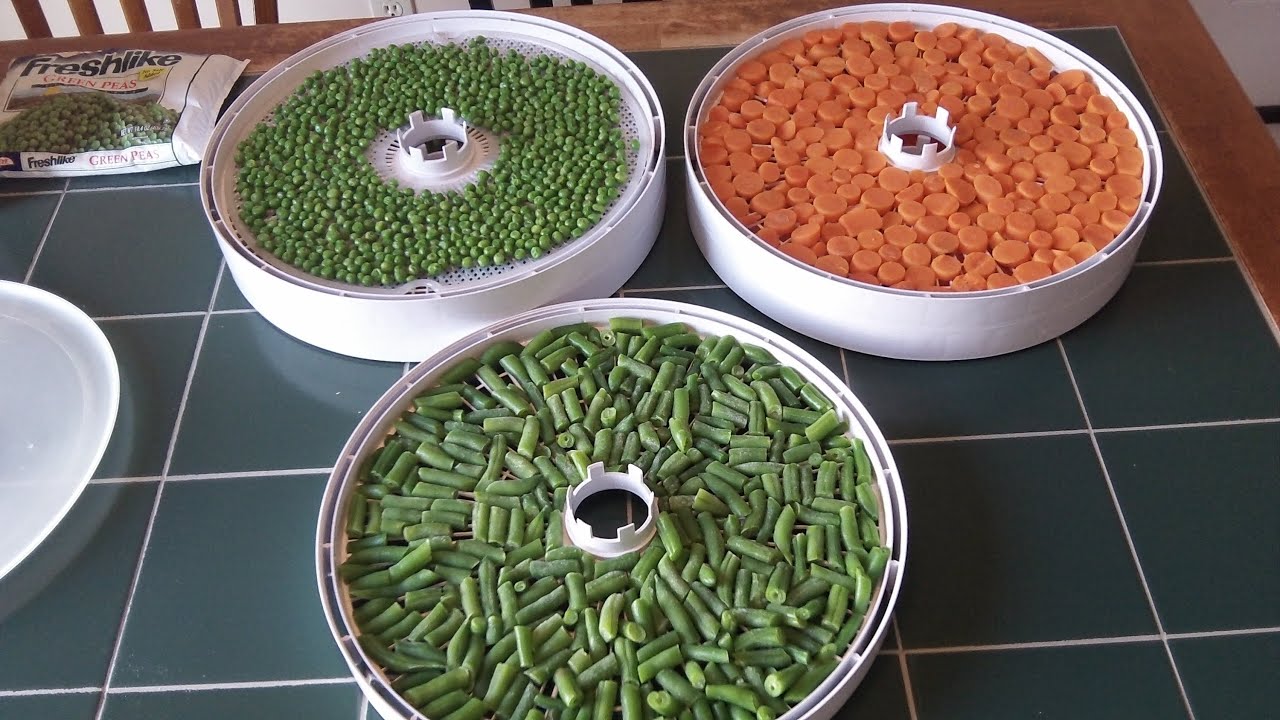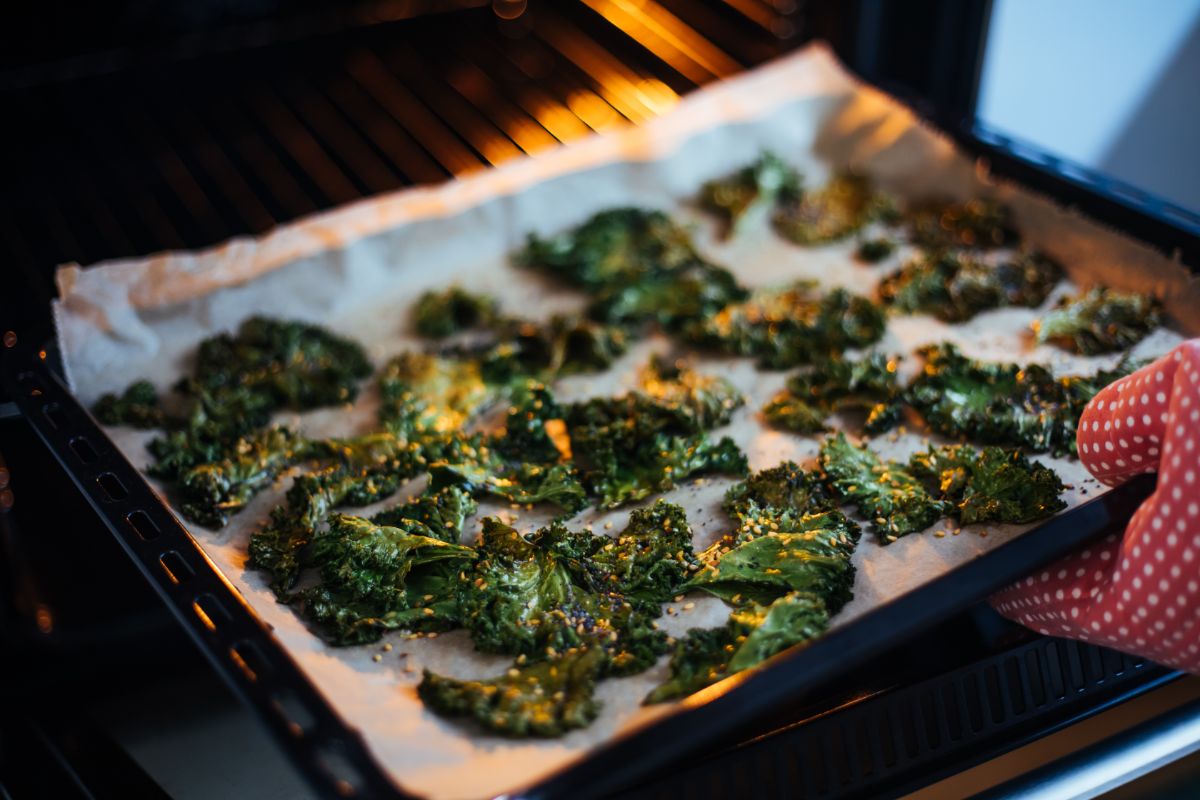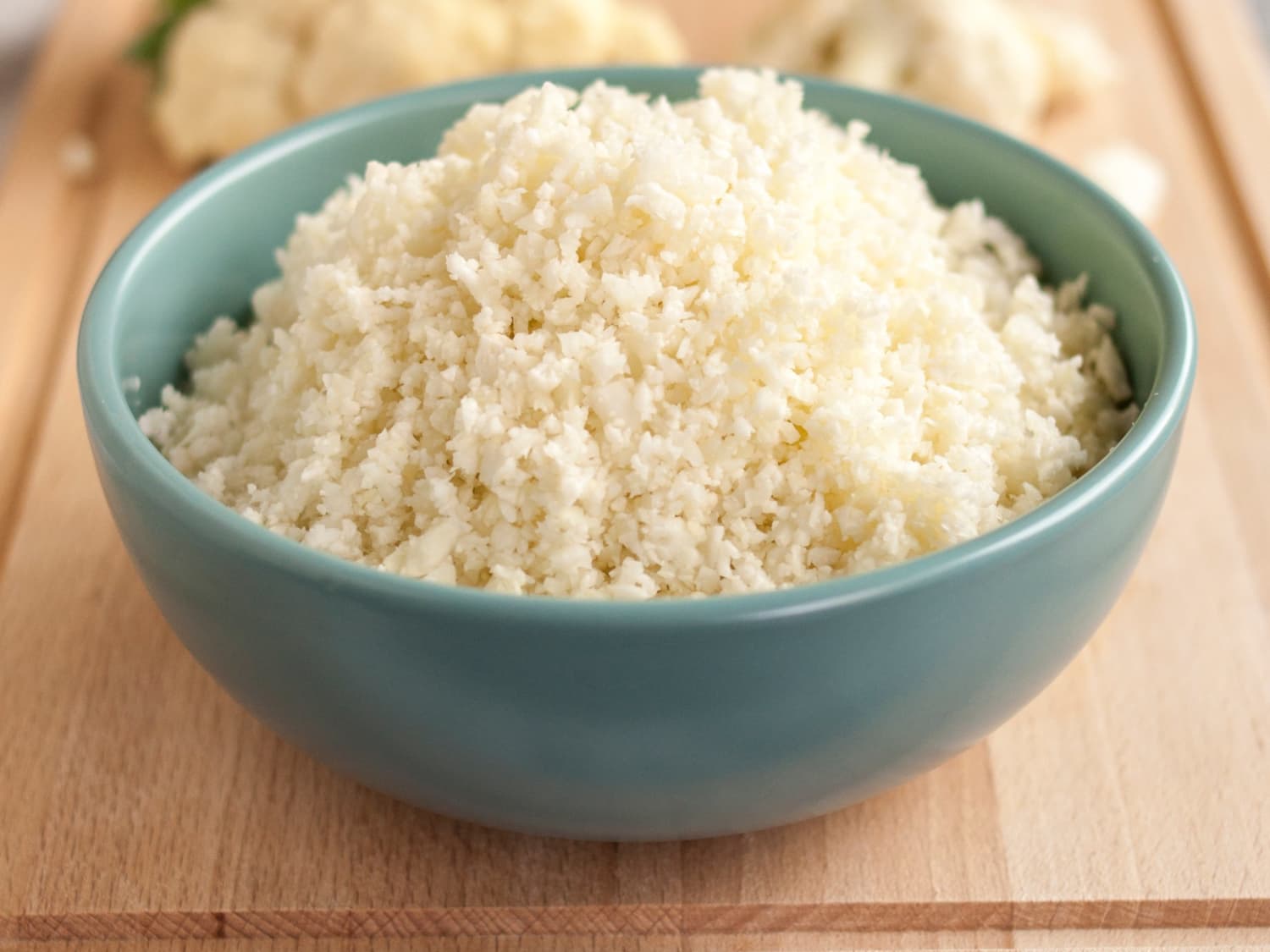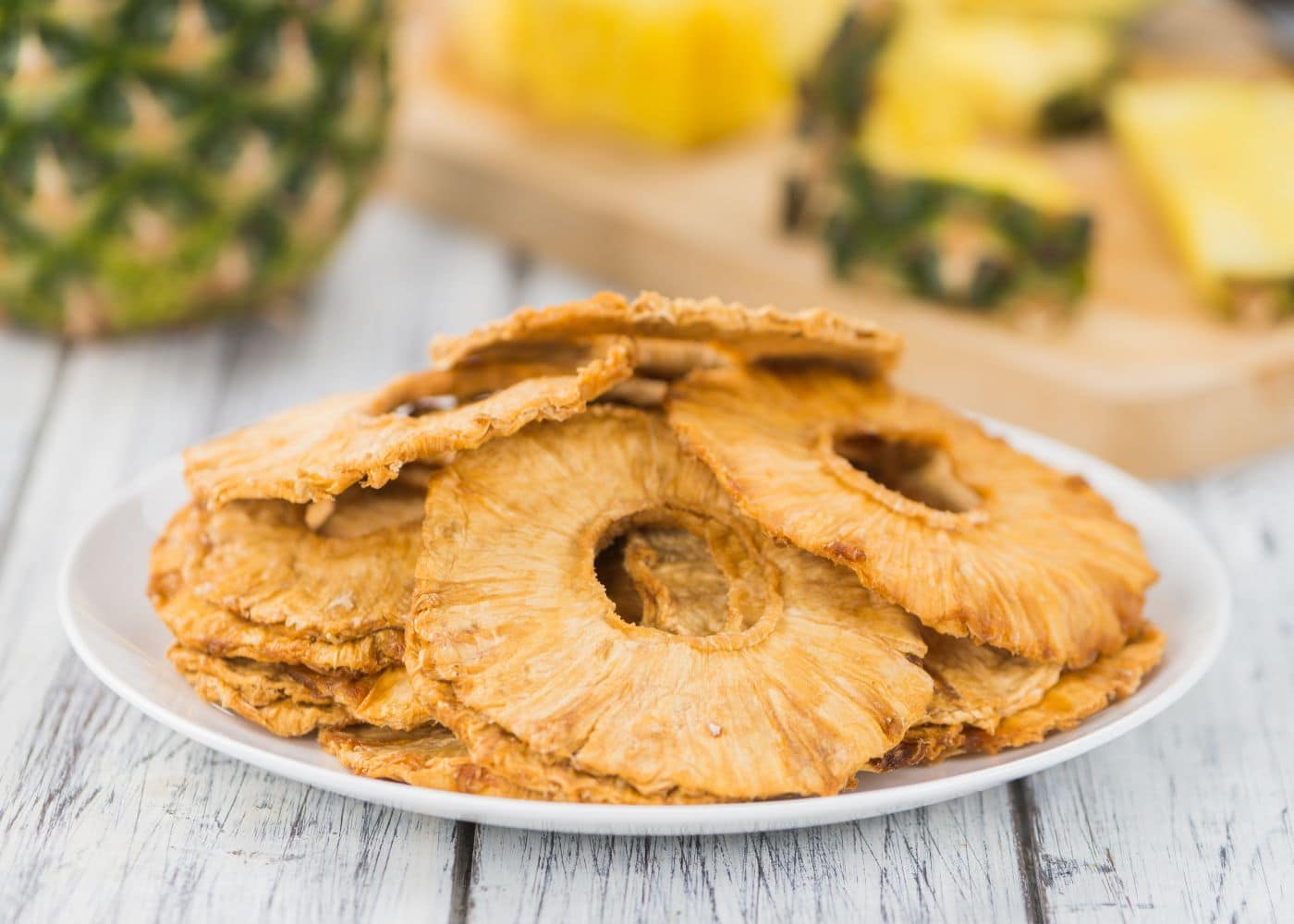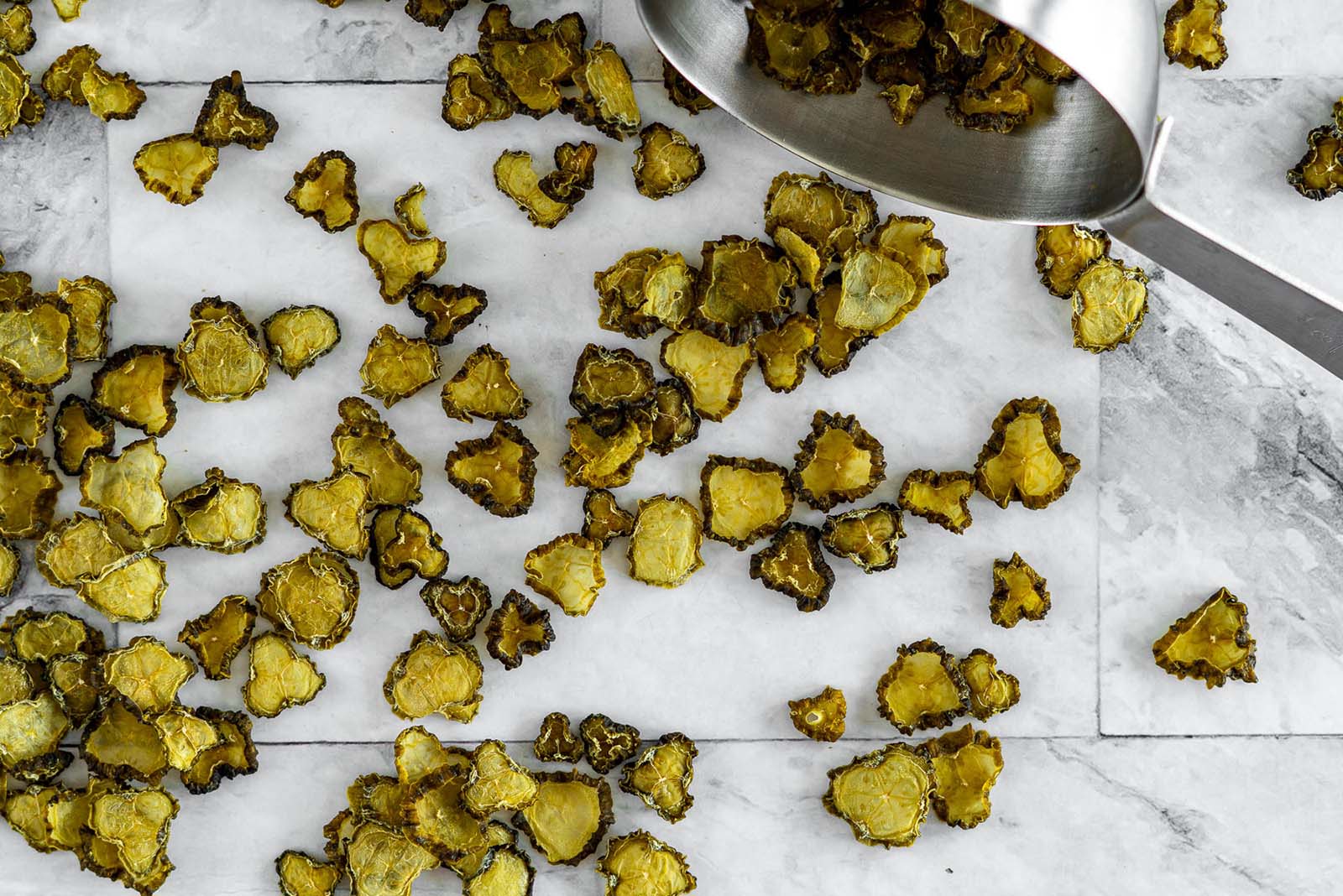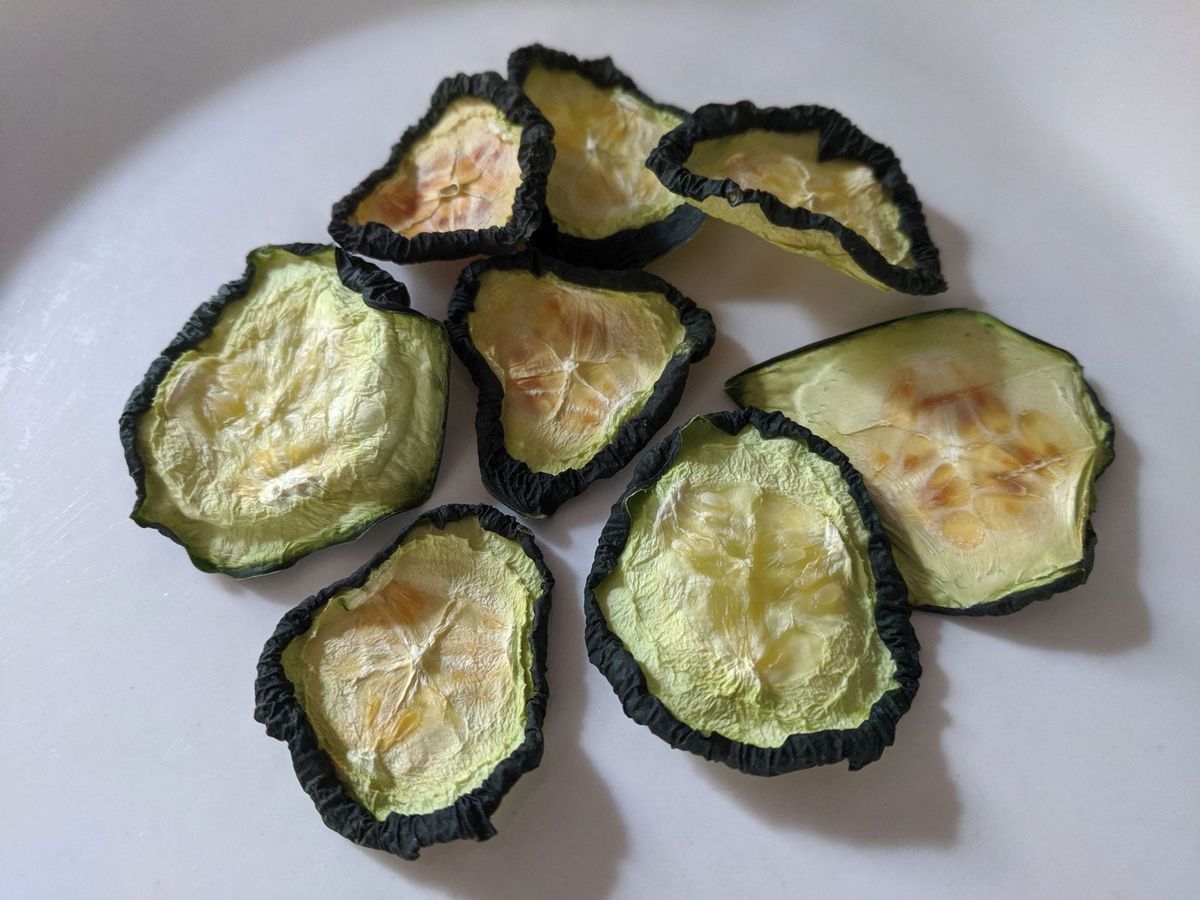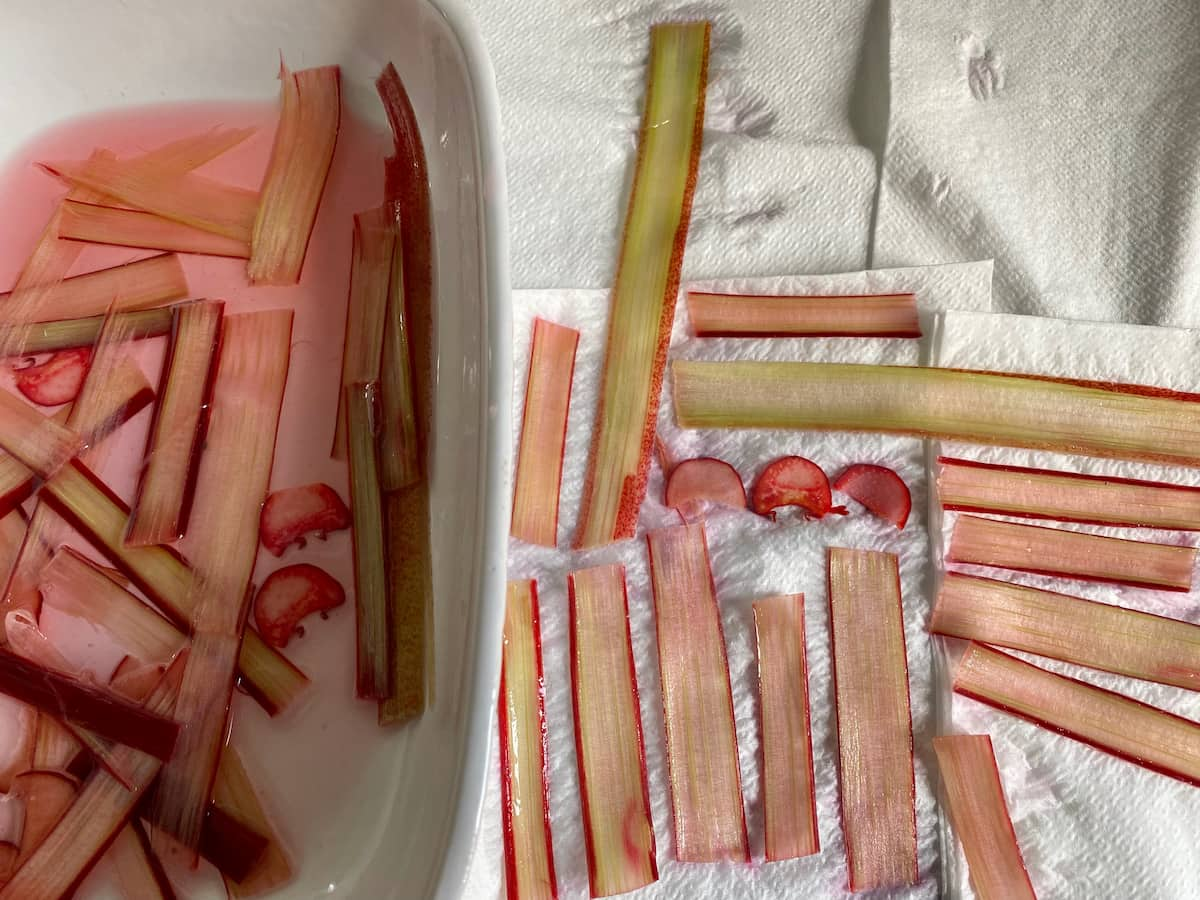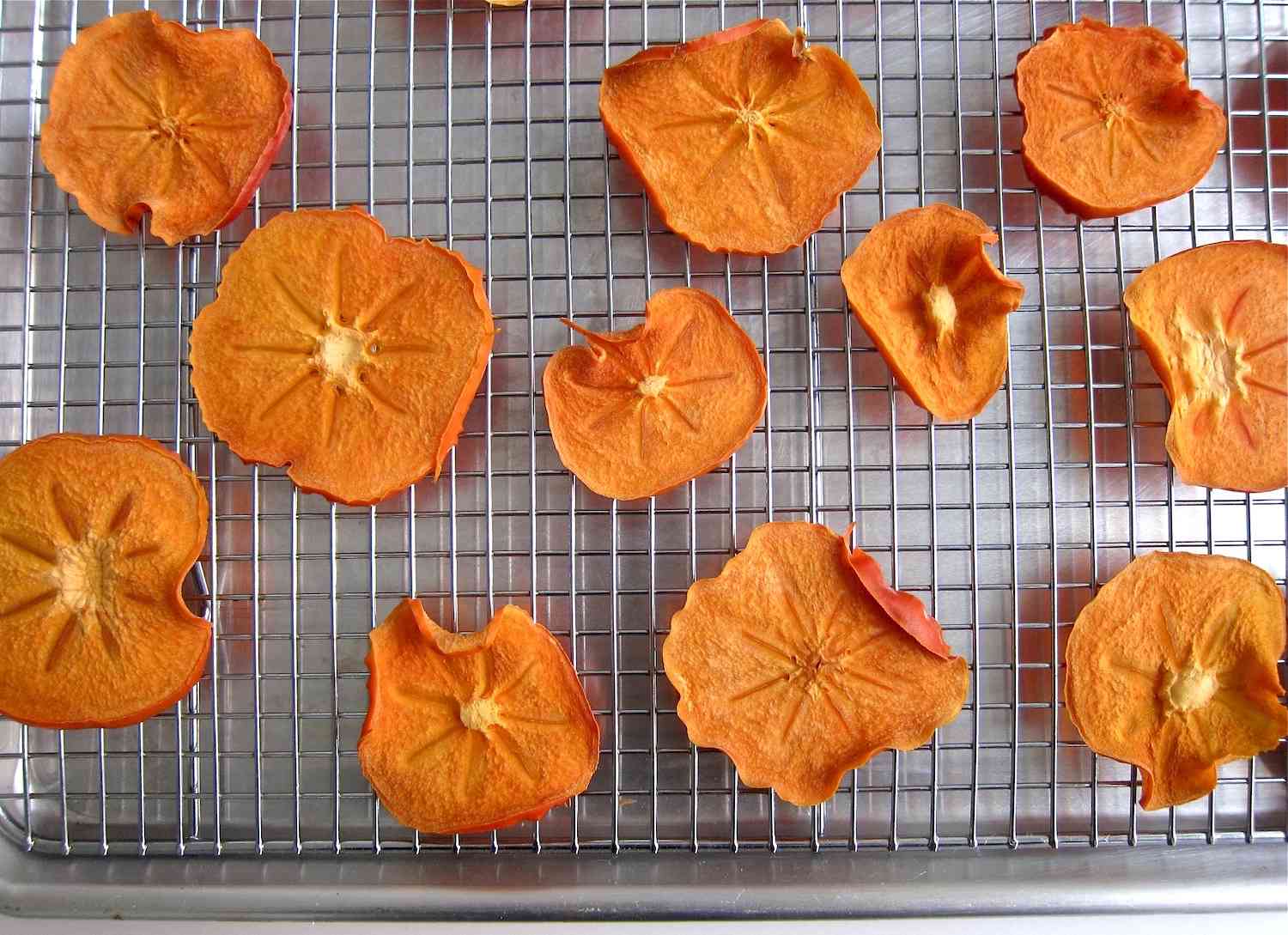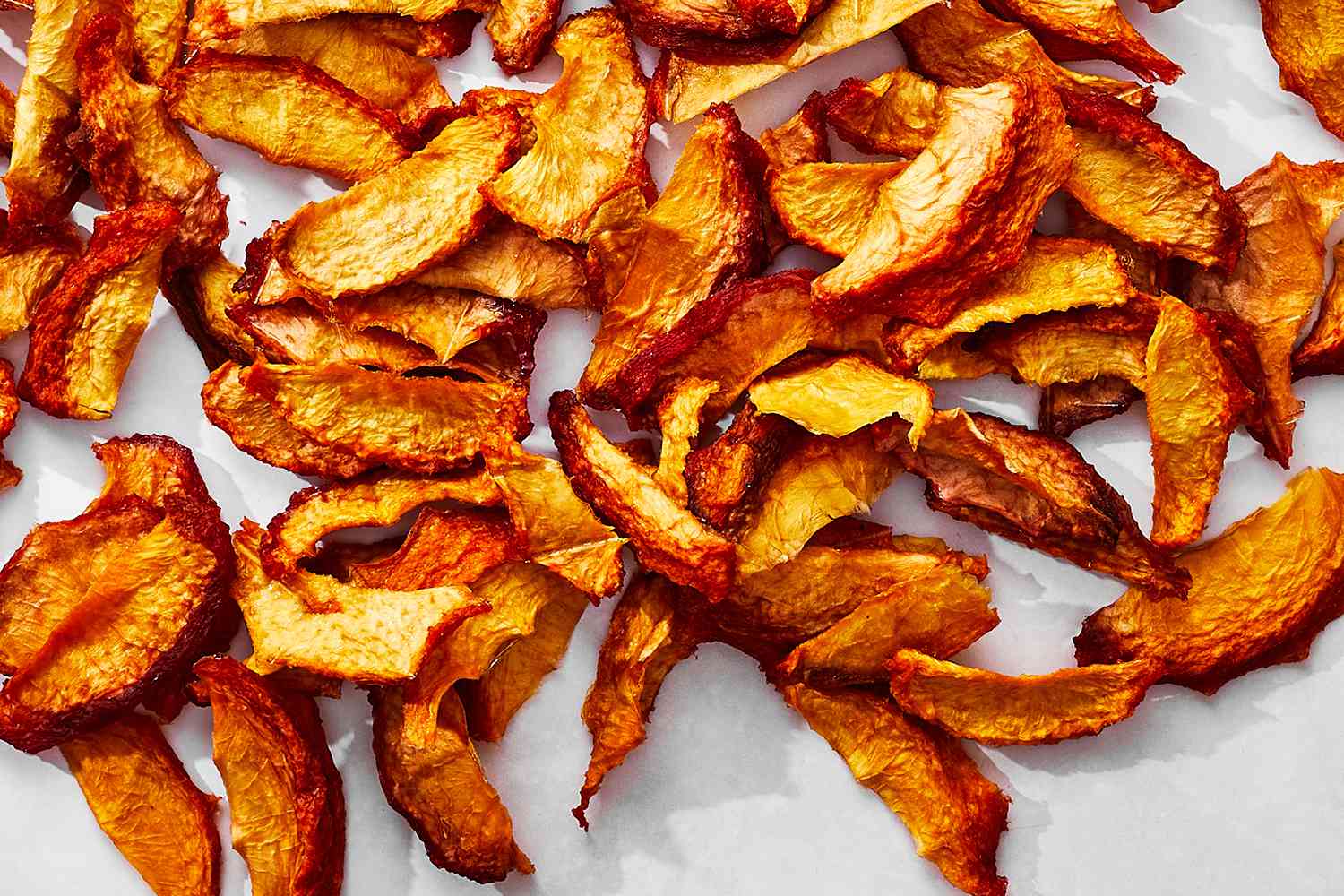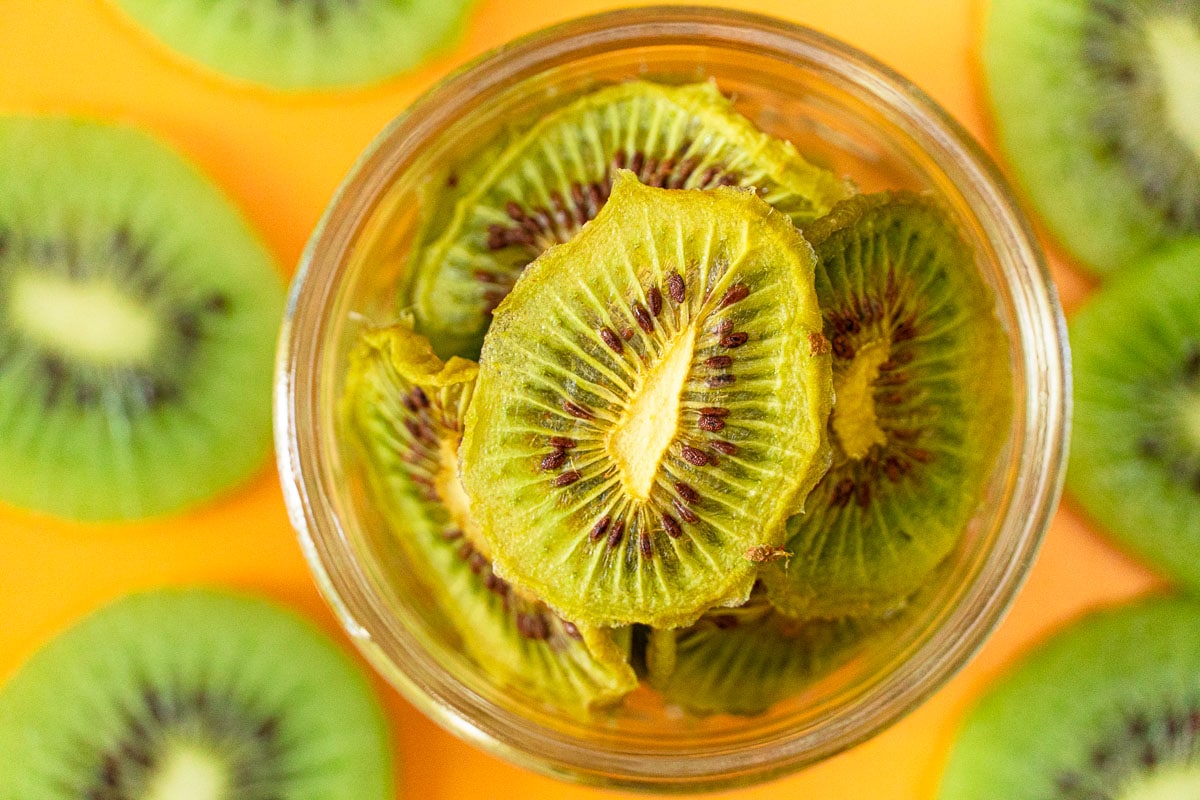Dehydrating Spaghetti Squash: A Delicious and Convenient Option
Spaghetti squash is a versatile and nutritious vegetable that can be enjoyed in a variety of dishes. While it is commonly prepared by roasting or steaming, dehydrating spaghetti squash is an excellent way to preserve this delicious vegetable for future use. Whether you want to create your own homemade spaghetti squash noodles or simply enjoy the convenience of having dehydrated squash on hand, the process is simple and rewarding.
Why Dehydrate Spaghetti Squash?
Dehydrating spaghetti squash offers several benefits:
- Extended Shelf Life: Dehydrated spaghetti squash has a much longer shelf life compared to fresh squash, allowing you to enjoy this vegetable throughout the year.
- Convenience: Once dehydrated, spaghetti squash becomes lightweight and compact, making it easy to store and transport.
- Versatility: Dehydrated spaghetti squash can be rehydrated and used in various recipes, including soups, stews, and stir-fries.
How to Dehydrate Spaghetti Squash
Follow these simple steps to dehydrate spaghetti squash at home:
- Prepare the Squash: Start by washing the spaghetti squash thoroughly to remove any dirt or debris. Then, carefully cut the squash in half lengthwise and remove the seeds using a spoon.
- Cook the Squash: Place the squash halves on a baking sheet, cut side down, and roast them in the oven at 400°F for 40-50 minutes, or until the flesh is tender.
- Remove the Flesh: Once the squash is cooked, use a fork to scrape the flesh into long strands. Allow the strands to cool completely before proceeding.
- Dehydrate the Squash: Arrange the spaghetti squash strands in a single layer on a dehydrator tray. Set the dehydrator to 135°F and dry the squash for 8-12 hours, or until completely dry and brittle.
- Store the Dehydrated Squash: Once the squash is fully dehydrated, allow it to cool before transferring it to an airtight container. Store the dehydrated spaghetti squash in a cool, dry place away from direct sunlight.
Using Dehydrated Spaghetti Squash
Now that you have dehydrated spaghetti squash, here are some creative ways to use it:
- Homemade Noodles: Rehydrate the squash by soaking it in hot water for 10-15 minutes, then use it as a low-carb alternative to traditional pasta in your favorite pasta dishes.
- Soup and Stew Addition: Add dehydrated spaghetti squash directly to soups and stews for a nutritious and flavorful boost.
- Stir-Fry Ingredient: Incorporate rehydrated squash into stir-fries for a unique and healthy twist on a classic dish.
Final Thoughts
Dehydrating spaghetti squash is a simple and effective way to enjoy this nutritious vegetable year-round. Whether you’re looking to stock your pantry with convenient and versatile ingredients or experiment with new cooking techniques, dehydrated spaghetti squash is a valuable addition to any kitchen. Try dehydrating spaghetti squash today and discover the many delicious possibilities it has to offer!
For those looking to make the most of their dehydrated spaghetti squash, there are several delicious recipes to try. The Spaghetti Squash Carbonara offers a delightful twist to a classic dish, combining creamy sauce and crispy bacon with the unique texture of squash. If you're in the mood for something vibrant and packed with vegetables, the Spaghetti Squash Primavera is a wonderful choice, bursting with fresh flavors. For a unique and healthy take on a beloved Asian dish, the Spaghetti Squash Pad Thai uses the squash strands to create a light yet flavorful meal. Cheese lovers will adore the Spaghetti Squash Alfredo Bake, where the creamy, cheesy goodness melds perfectly with the tender squash. Lastly, the Spaghetti Squash and Shrimp Scampi offers a seafood delight that is both elegant and easy to prepare, allowing the subtle sweetness of the squash to complement the savory shrimp. Each of these recipes highlights the versatility of dehydrated spaghetti squash and provides a healthy, tasty way to enjoy it.
Was this page helpful?
Read Next: How To Dehydrate Pork Skin In Oven
